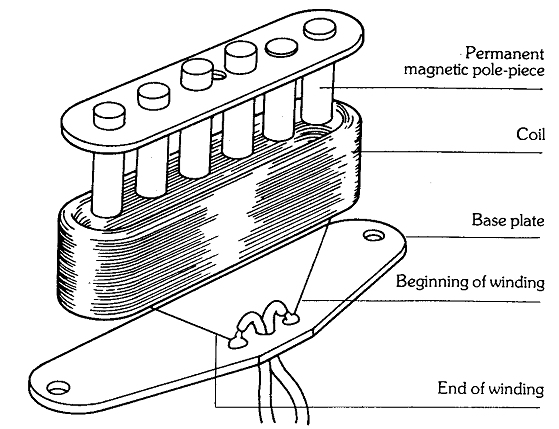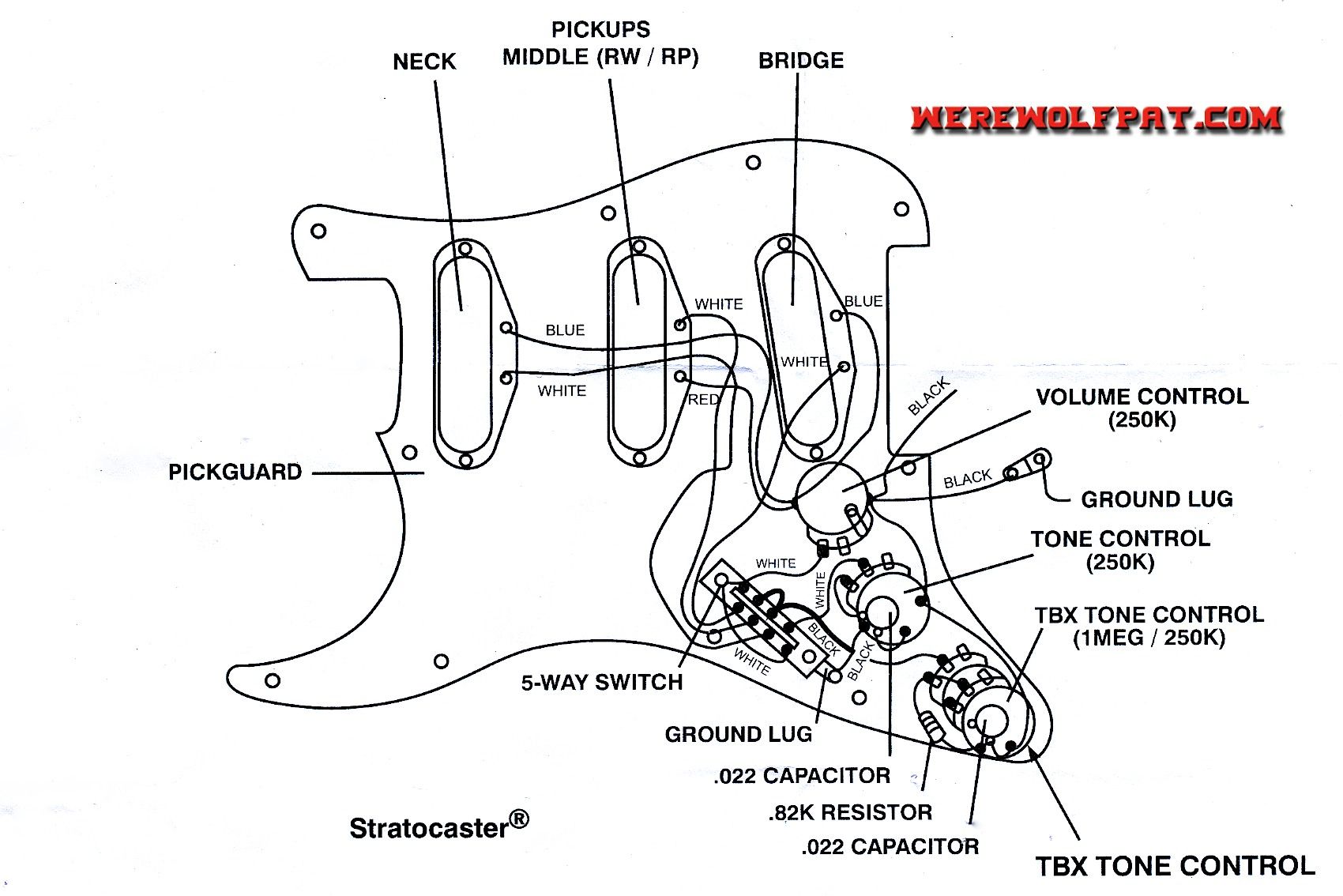HOW DOES ELECTRIC GUITAR REVOLUTIONIZE ROCK?
.png)
Soon after rock began in the mid-1950s, guitarists switched from acoustic guitars to electric guitars, and it was JIMI HENDRIX who first understood electric as an electronic instrument. He exploded on the scene in the 1960s, ripping his pick along he strings, positioning himself and his guitar in the front of a speaker to sustain feedback, and then laying down chords on the top of the feedback.
He was the one who shoved rock forward from the melodies of Buddy Holly into the psychedelia of the late 1960s and into the early heavy metal of Led Zeppelin and the raw energy of Joy Division in the 1970s, and his ideas continue to influence rock till today.
The science of electric guitar lies behind the simple principles of electromagnetic induction.
The oscillations of the metal strings are sensed by the electrical "pickups" that send signal to the amplifier and a set of speakers. It is the combination of electromagnetic induction and amplification system that makes electrical guitar run.
It's the pickup of the electrical guitar which takes the plunge to produce sound in an electric guitar.


The basic construction of a pickup involves a wire connecting the instrument to the amplifier, coiled around a small magnet. The magnetic field of the instrument produces a north and south pole in the section of the metal string just above the magnet. That section of string then has its own magnetic field. When the string is plucked by the pick and thus made to oscillate, its motion relative to the coil changes the flux of its magnetic field through the coil, inducing a current in the coil. As the string swivels two and fro from the coil, the induced current changes direction at the same frequency as the string's oscillations, thus relaying the frequency of oscillation to the amplifier and speaker.

For instance, let's have a look on a diagram of a classic stratocaster. On a stratocaster, there are three groups of pickups, placed at the near end of the strings (on the wide part of the body). The group closest to the near end better detects the high-frequency oscillations of the strings; the group farthest from the near end better detects the low-frequency oscillations. By throwing a toggle switch on the guitar (a switch which switches between different pickups), the musician can select which group or which pair of groups will send signals to the amplifier and speakers. To gain further control over music, musician sometimes re-wraps the wire in the pickup coils of their guitar to change the number of turns. In this way, they alter the amount of emf induced in the coils and thus their relative sensitivity to strings oscillations.
Even without this additional measure, we can see that electric guitar offers far more control over the sound that is produced that can be obtained with an acoustic guitar, which produces sound in it's hollow body by the oscillation of the strings.
And this is how rock music tramped from the parapets of the Buddy Holly to the latest vinyl discs of the phonographs!
AS JIMI HENDRIX AFORESAID:
Music doesn't lie. If there is something to be changed in the world,
this can happen only through music.
SUPPORT, UP-VOTE, RE-STEEM
@amansharma0758